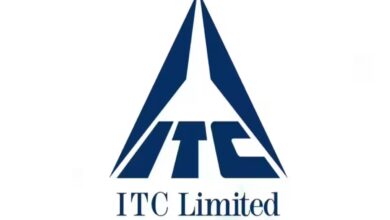Easy Ways to Become a Pitching Pro

We sell ideas every day, even to ourselves when we decide to go to the bar or gamble play online roulette games here on the eve of a project defense. To present your project in such a way that others believe in it and you, you need to master pitching. It’s a capacious and convincing defense of your ideas. Keep reading to know how it works.
What Is Pitching?
Pitching is a concise commercial pitch that you make for a specific purpose. For example, to sell an idea to an investor or defend it in front of your boss. This is a kind of audition, a compressed presentation of 5-7 minutes, which aims to hook the listener so that he would want to invest in the project or at least learn more about it at a longer meeting.
Let’s imagine: you’ve come up with an “observation aggregator,” a service that once a week sends you everything you might have missed on topics you’re interested in and from publications and authors that are close to you. The format is a personalized digest. The potential audience is digitals and creatives who are drowning in social media feeds and newsletters and don’t have time to even skim through them.
You’ve come up with an automatic filtering system, a cool design and TOV, decided you’re going to work on subscriptions. All that’s left to do is find the money to implement it all.
What Pitfalls Can Be in Pitching?
Selling the Wrong Pain
In the case of the “observation aggregator”, the pain the service will shut down will be FOMO – the fear of digitals to miss something new and relevant – and protection from information overload. And to say that the service will help to raise the whole local creative and digital sphere to the world level is to sell the wrong pain.
Illogical Structure
To start with the advantages of our aggregator and tell that it is personalized like everything that millennials and zoomers love is wrong, because first you have to explain the service in general.
Here’s how a pitch can look:
- You should briefly define the theme and lead up to the main issue.
- Lead-in. You need to formulate the main problem of the target audience, which we will close.
- Argumentation of benefits. Talk about the benefits and close audience objections.
- Offer a specific solution that will help the target audience.
- Then call the audience to action.
Inadequate Preparation
The pitch is just the tip of the iceberg. You need to be immersed in the project much deeper. For example, to answer the question of what platform the service will be implemented on and how technically everything will be set up. You will not have time to call your coder friend.
Weak Pitch
Even if your service is a big step for humanity, no one will believe in it if you do not pitch it convincingly. Here’s how you can beef up your defense:
- Formulate a descriptor for your project.
- Set the context. Put the listener in a situation where your “observation aggregator” is vital.
- Reinforce the problem. Dial up the numbers from studies about FOMO and anxiety over not being able to stay on top of the news.
- Compare with alternatives – e.g., non-personalized newsletters and picks from authority guys in the field.
- Show the main costs. Demonstrate how much it will cost to launch the project and develop it.
- Make a risk matrix. It’s what you’ll do if you can’t get subscribers to recoup your investment, can’t implement advertising, etc.
- Finish the summary. As a result, you should summarize and recall the problem and solution again.
To get funding, it’s especially important to work through these slides:
- Market description.
- Target audience.
- The uniqueness of the product.
What is also important is to humanize the project, i.e. to tell which team is behind it. We want to invest in people, their ideas, a sober view of the market and the ability to adapt. The service itself is a crude hypothesis that may not take off.




